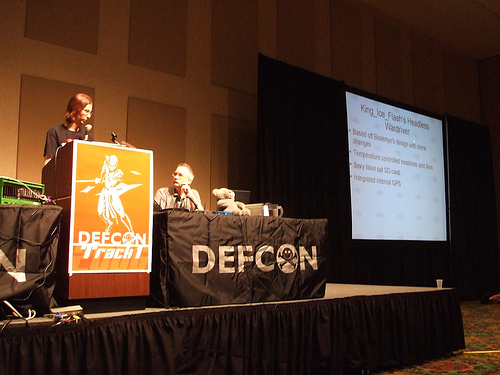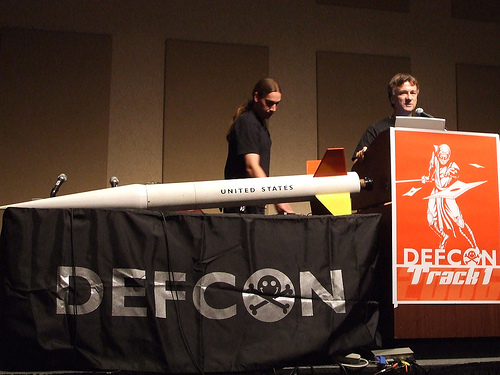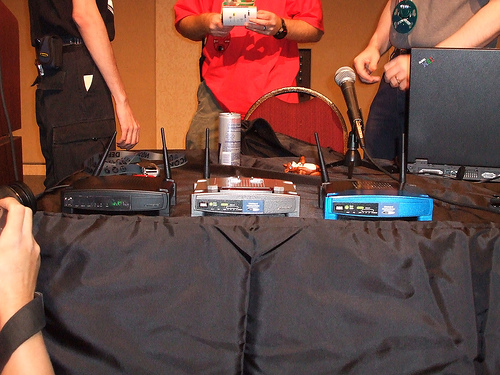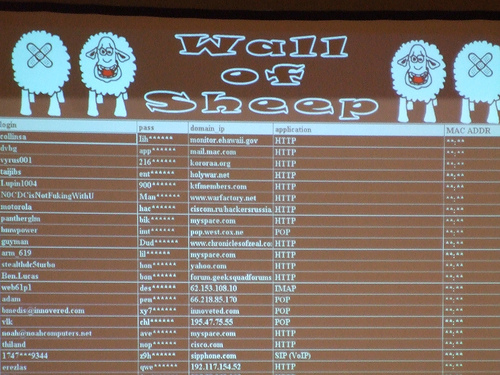The SGAE (Sociedad General de Autores y Editores, or General Ass. of Authors & Editors), is Spain’s equivalent of the RIAA. I was rather amused by this video, where a couple of members of a TV show attempt and succeed at connecting to the SGAE’s WiFi network (it had no encryption enabled!), and download music – alledgedly pirated. They then add an extra twist by actually walking into the SGAE’s offices and asking to see someone, laptop in hand, saying they have just had an attack of good will and want to turn themselves in…
The audio is in spanish, but you will get the general idea even if you don’t understand the talk. My oppinion is that they shouldn’t have done this, as connecting to WiFi networks without the owner’s permission is illegal in most countries, Spain included – so they have actually provided potential prosecutors a perfect piece of evidence.



